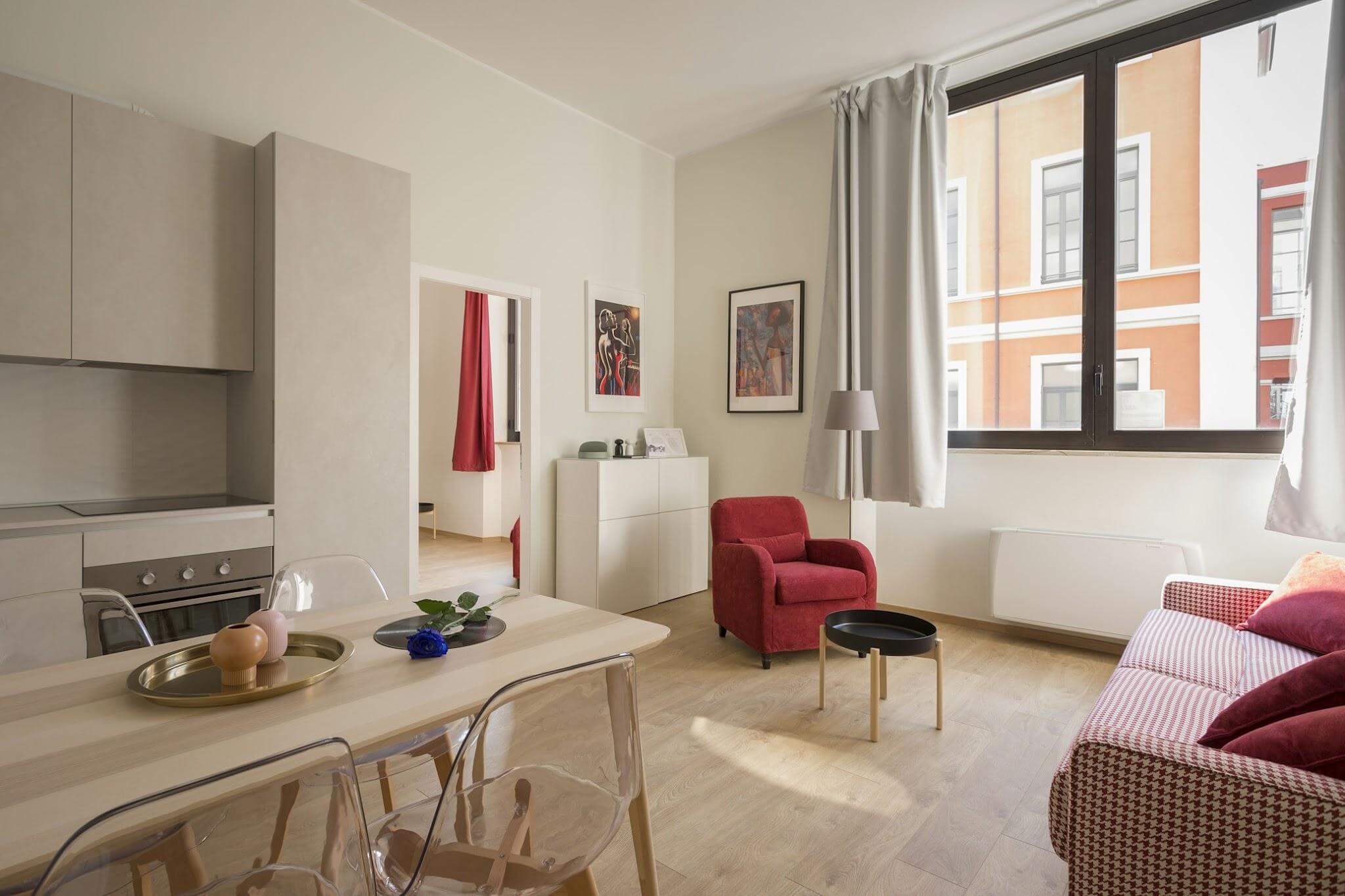Furnishing and decorating your home is an exciting endeavor, but it can also be overwhelming. From choosing the right furniture to selecting decor that fits your style, every decision contributes to creating a space that reflects your personality and meets your needs. However, the process is often riddled with potential mistakes that can lead to regret, wasted money, and a less-than-functional living space. Avoiding these common pitfalls can help you make smarter choices and ensure that your home feels both comfortable and cohesive. Here are some of the most common mistakes to avoid when buying items for your home and how to make decisions that truly enhance your living space.

Neglecting to Measure Your Space
One of the most frequent mistakes homeowners make is neglecting to measure their space before purchasing furniture or decor. Without proper measurements, you risk buying items that are too large, too small, or simply incompatible with your room layout.
Investing in a large sectional sofa without measuring your living room could result in a cramped and awkward space. Similarly, purchasing a dining table that doesn’t fit comfortably in your dining area can make everyday use frustrating.
Always take accurate measurements of your rooms and doorways before making any significant purchases. Create a floor plan or use online tools to visualize how furniture will fit in the space, ensuring that your selections are proportionate and practical.
Focusing on Style Over Functionality
It’s easy to be swayed by the latest design trends or a piece of furniture that looks stunning in a showroom. However, prioritizing style over functionality often leads to impractical purchases.
You may fall in love with a sleek, modern coffee table only to realize it lacks storage space or is difficult to clean. Similarly, a trendy sofa may look great but feel uncomfortable for daily use.
When shopping for home items, consider how they will fit into your lifestyle. Think about durability, ease of maintenance, and whether the item serves a purpose beyond its aesthetic appeal. Striking a balance between style and functionality ensures that your home is both beautiful and livable.
Overlooking Versatility
Another common mistake is purchasing items that lack versatility. Choosing overly specific pieces can limit your ability to rearrange or update your space in the future.
Instead of selecting a rug with a bold, trendy pattern, opt for a more neutral design that can complement different styles as your tastes evolve. This flexibility allows you to refresh your decor without replacing major pieces.
When considering decor or furniture, think about how it will work with other elements in your home. Opt for timeless designs, neutral colors, and multifunctional pieces that can adapt to your changing needs.
Skimping on Quality
While budget constraints are a reality for most homeowners, skimping on quality often leads to regret. Cheap furniture or decor may seem like a cost-effective solution at first, but it often lacks durability and may require replacement sooner than expected.
If you’re looking for a rug, prioritize quality materials and craftsmanship. You can find affordable rugs for any style by researching reputable retailers that balance quality and price. Investing in durable items not only saves money in the long run but also ensures your home looks polished and well-maintained.
Identify areas where quality is most important, such as sofas, mattresses, and frequently used furniture. Allocating a larger portion of your budget to these key pieces will result in a more functional and satisfying home environment.
Ignoring Lighting Needs
Lighting is a crucial element of any home, yet it’s often overlooked during the shopping process. Poor lighting can make even the most beautifully decorated spaces feel dull and uninviting.
When selecting items for your home, consider how they will interact with the existing lighting. For example, placing a dark-colored rug in a poorly lit room can make the space feel smaller and less welcoming. Similarly, neglecting to invest in proper task lighting for a home office can hinder productivity.
Enhance your home’s ambiance by layering different types of lighting, such as ambient, task, and accent lighting. Choose decor and furnishings that complement and reflect light effectively, creating a balanced and inviting atmosphere.
Forgetting to Plan a Budget
Impulse purchases can quickly derail your home furnishing plans, leaving you with mismatched items and an empty wallet. Failing to plan a budget often leads to overspending or compromising on essential pieces.
Before shopping, establish a realistic budget that accounts for all the items you need. Prioritize big-ticket pieces, such as furniture, and allocate remaining funds for smaller decor items.
Sticking to a budget doesn’t mean sacrificing style. Look for sales, discounts, or second-hand options to find high-quality items within your price range. A well-thought-out budget helps you make intentional purchases and avoid financial stress.
Overcrowding Your Space
It’s tempting to fill every corner of your home with furniture and decor, but overcrowding often leads to a cluttered and chaotic environment. An overly busy space can feel overwhelming and diminish the functionality of your home.
Instead, embrace the concept of negative space by leaving room for movement and visual balance. Focus on a few key pieces that make a statement and complement each other, rather than cramming too many items into one area.
Decluttering and prioritizing quality over quantity ensures your home feels open, organized, and thoughtfully designed.
Ignoring Your Personal Style
While it’s helpful to draw inspiration from design magazines and social media, blindly following trends can result in a home that doesn’t feel authentic or personal.
When shopping for items, consider your own preferences and how they align with the overall feel of your home. If you love cozy, rustic decor, don’t feel pressured to adopt a minimalist, modern aesthetic just because it’s trendy.
By staying true to your personal style, you create a space that feels comfortable and reflective of your personality. Combining trends with timeless elements ensures your home remains stylish and uniquely yours.

Creating a well-furnished and stylish home requires thoughtful planning and attention to detail. By avoiding common mistakes such as neglecting measurements, prioritizing style over function, and skimping on quality, you can make smarter purchasing decisions that enhance your living space.
Investing in versatile, durable, and carefully chosen items ensures that your home is both beautiful and functional. With a clear budget, a focus on personal style, and an eye for balance, you can create a space that truly feels like home.
